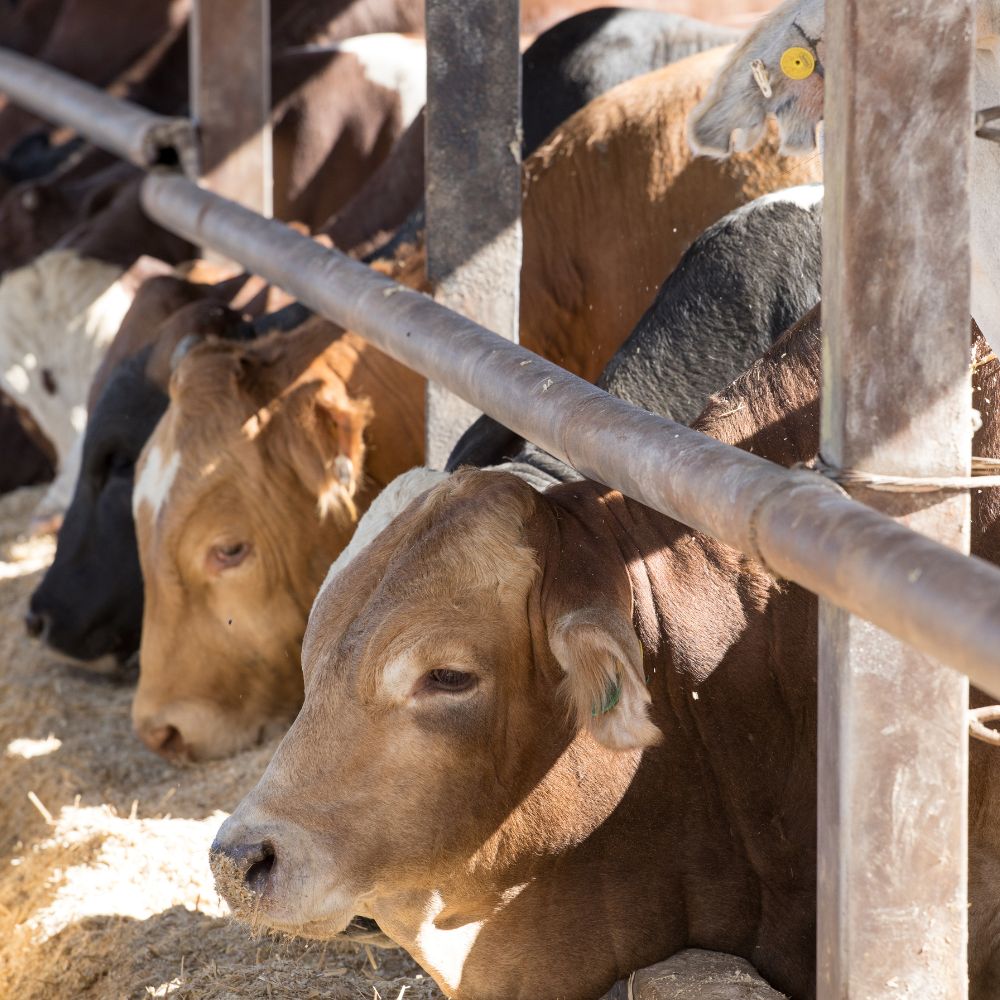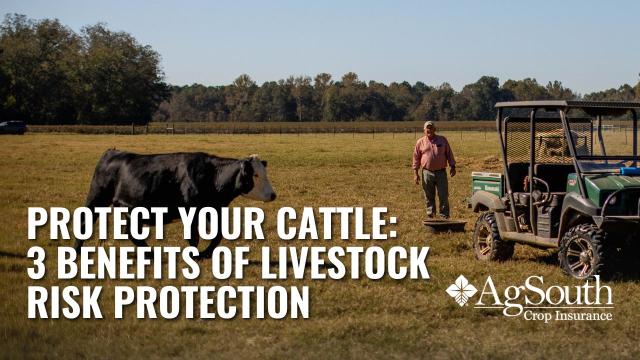Proactive Defense: Bagley Risk Management Methods
Proactive Defense: Bagley Risk Management Methods
Blog Article
Trick Elements to Think About When Choosing Livestock Danger Defense (LRP) Insurance Coverage
When examining choices for Animals Danger Protection (LRP) insurance policy, a number of vital variables require cautious consideration to make sure reliable threat monitoring in the agricultural industry. Selecting the ideal insurance coverage choices customized to your certain animals operation is extremely important, as is comprehending just how exceptional expenses associate with the degree of security offered.
Protection Options
When taking into consideration Livestock Risk Defense (LRP) insurance coverage, it is vital to understand the numerous coverage choices offered to reduce risks in the farming market. Livestock Danger Protection (LRP) insurance offers different protection alternatives customized to fulfill the diverse needs of animals producers.
Another essential coverage choice is the endorsement duration, which determines the length of time the protection holds. Producers can select the recommendation duration that best suits their manufacturing cycle and market conditions. In addition, coverage degrees and rates vary based upon the kind of animals being guaranteed, offering producers the adaptability to customize their insurance plans according to their specific needs.
Recognizing the different coverage options readily available under Livestock Danger Protection (LRP) insurance coverage is crucial for producers to make enlightened choices that successfully protect their animals procedures from market uncertainties.
Costs Prices

Animals Risk Security (LRP) insurance coverage offers necessary protection alternatives tailored to minimize threats in the farming industry, with a considerable element to take into consideration being the calculation and structure of premium costs. When identifying premium prices for LRP insurance, a number of aspects enter play. These include the kind and variety of livestock being guaranteed, the protection level selected, the existing market value, historical cost data, and the length of the protection duration. Insurance providers might additionally take into consideration the location of the farm, as geographical elements can influence the overall risk account.
Premium expenses for LRP insurance are generally computed based upon actuarial information and take the chance of analysis versions. Insurance firms evaluate historic information on livestock costs and manufacturing costs to determine an appropriate premium that mirrors the degree of risk entailed. It is essential for livestock producers to carefully review premium costs and insurance coverage alternatives to ensure they are sufficiently shielded against potential financial losses due to adverse market problems or unexpected events. By recognizing how superior costs are determined and structured, producers can make informed choices when picking the appropriate LRP insurance policy for their operation.
Eligible Livestock
The decision of qualified livestock for Animals Danger Protection (LRP) insurance policy coverage entails careful consideration of specific requirements and qualities. Animals types that are generally qualified for LRP insurance coverage consist of feeder livestock, fed livestock, lambs, and swine. These pets should satisfy specific certifications connected to weight arrays, age, and planned use. In addition, the qualification of animals may vary based on the specific insurance policy provider and the regards to the policy.
Feeder livestock, for example, are typically qualified for LRP insurance coverage if they fall within specified weight varieties. Lambs are an additional classification of animals that can be considered for LRP insurance coverage, with variables such as weight and age playing an essential duty in determining their eligibility.
Before choosing LRP insurance coverage for livestock, manufacturers should thoroughly review the eligibility requirements described by the insurance coverage provider to ensure their animals fulfill the required needs for coverage.
Policy Flexibility
Policy versatility in Animals Threat Protection (LRP) insurance policy permits manufacturers to tailor insurance coverage to match their certain demands and run the risk of monitoring approaches. This flexibility equips animals producers to customize their insurance policy policies based on variables such as the kind of animals they possess, market problems, and specific danger tolerance degrees. By offering why not try this out customizable alternatives, LRP insurance coverage enables manufacturers to efficiently manage their danger exposure while protecting their livestock procedures against unpredicted market volatility.
Insurance Claims Process
Upon experiencing a loss or damage, producers can start the cases procedure for their Animals Risk Security (LRP) insurance coverage by immediately contacting their insurance policy copyright. It is important for manufacturers to report the loss asap to accelerate the claims process. When reaching out to the insurance provider, manufacturers will certainly require to supply thorough details concerning the event, consisting of the date, nature of the loss, and any appropriate documentation such as veterinary records or market value.
After the analysis is complete, the insurance coverage supplier will certainly choose concerning the claim and interact the end result to the manufacturer. The producer will certainly receive payment according to the terms of their Animals Danger Protection (LRP) insurance policy if visit this site the claim is accepted. It is essential for manufacturers to be familiar with the cases process to guarantee a smooth experience in case of a loss

Verdict
In verdict, when selecting Animals Danger Security (LRP) insurance, it is necessary to take into consideration insurance coverage choices, premium expenses, qualified animals, plan versatility, and the cases process. These crucial aspects will help ensure that breeders and farmers are appropriately safeguarded versus possible dangers and losses related to their animals procedures. Making an informed choice based upon these factors to consider can ultimately bring about far better financial protection and comfort for animals producers.
Livestock Danger Protection (LRP) insurance uses various coverage options customized to fulfill the diverse demands of livestock producers.The resolution of eligible livestock for Animals Threat Protection (LRP) insurance coverage entails careful consideration of specific standards and attributes.Plan versatility in Animals Risk Protection (LRP) insurance policy allows manufacturers to tailor coverage to fit their specific needs and take the look at more info chance of monitoring techniques.Upon experiencing a loss or damage, manufacturers can start the cases procedure for their Livestock Risk Protection (LRP) insurance coverage by promptly calling their insurance copyright.In verdict, when selecting Animals Risk Defense (LRP) insurance coverage, it is crucial to take into consideration coverage alternatives, premium expenses, qualified livestock, plan adaptability, and the claims procedure.
Report this page